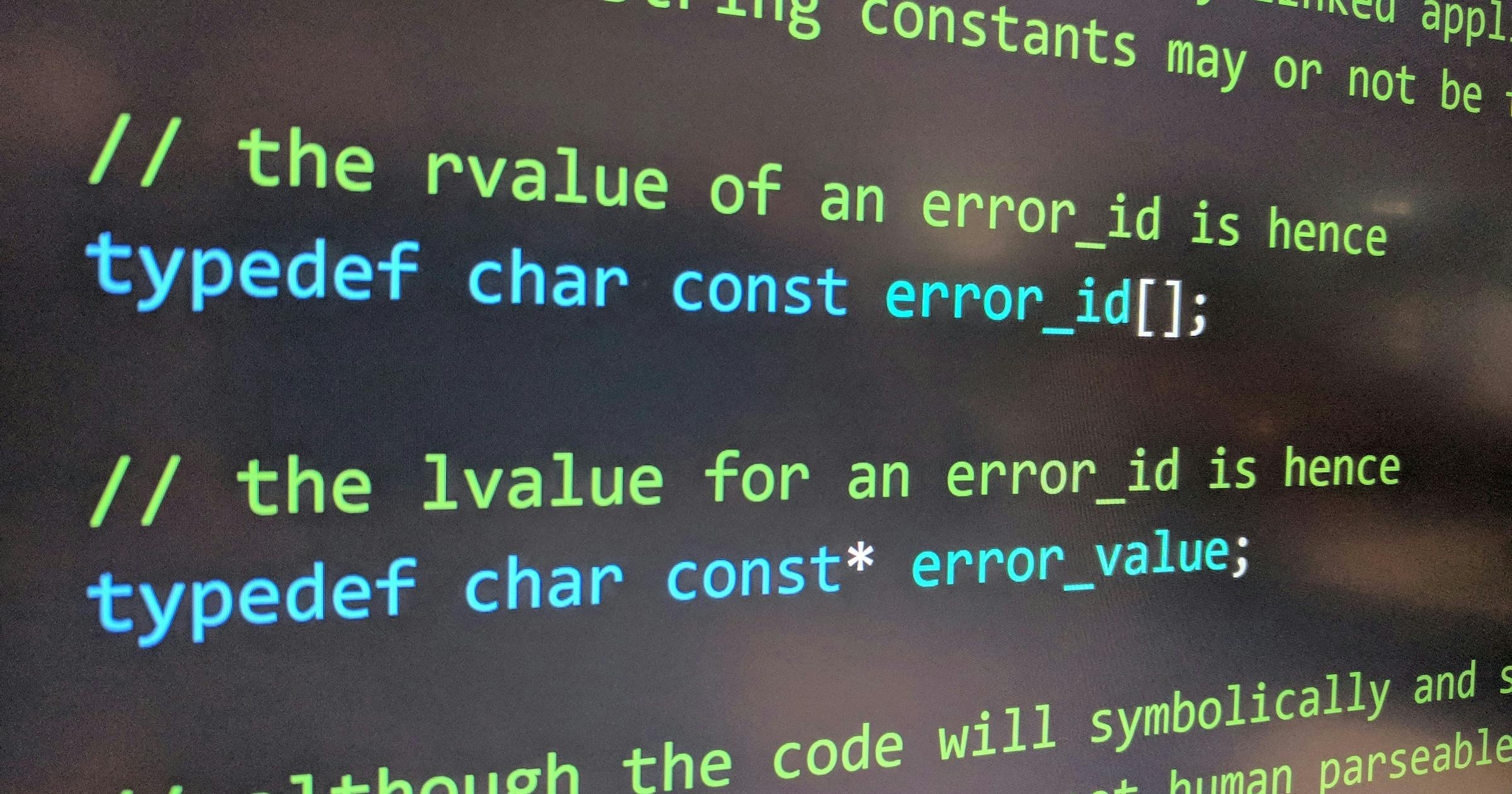As the Lever vs Greenhouse debate continues to rage on, we wanted to add our two cents.
Most HR teams are looking for three things in an ATS:
- Efficient candidate sourcing.
- Seamless applicant tracking.
- Detailed reporting and analytics.
When it comes to hiring developers, an ATS must support finding and engaging top-tier talent while simplifying recruitment processes.
At Remote Crew, we see the right ATS as a tool that can bridge the gap between exceptional candidates and meaningful projects.
Are you...
- Struggling to track applicant progress?
- Frustrated by inefficient candidate sourcing?
- Searching for better reporting capabilities?
If you said yes to any of these, you’re not alone. Many companies face these challenges while deciding between top ATS solutions.
Keep reading if you are a...
- Talent acquisition professional seeking efficiency.
- Hiring manager recruiting developers.
- Business leader optimizing recruitment processes.
Table Of Contents:
- Lever vs Greenhouse: Key Features Compared
- Candidate Sourcing Features
- Applicant Tracking Features
- Interviewer Experience
- Reporting
- Integrations
- Pricing
- Lever vs Greenhouse: What’s The Verdict?
Lever vs Greenhouse: Key Features Compared
Before diving into specific features, here’s a quick comparison table for an overview:
Feature Category | Lever | Greenhouse |
Candidate Sourcing | AI sourcing tools, CRM functionality | Job board integrations, LinkedIn tools |
Applicant Tracking | Intuitive pipeline management | Robust custom dashboards |
Interviewer Experience | Customizable feedback forms | Editable feedback with markdown |
Reporting | Pre-built reports, Slack alerts | Advanced analytics, custom dashboards |
Integrations | Popular tools like Slack, Deel | Extensive API, LinkedIn integration |
Pricing | Starts at $4,000/year | Starts at $9,500/year |
Candidate Sourcing Features
Lever
Lever offers advanced CRM functionalities, allowing recruiters to create personalized sequences for candidates.
The AI-powered sourcing tool generates customized messages based on professional experience and job descriptions.
Also, its Chrome extension simplifies pulling candidate data directly from LinkedIn.
Greenhouse
Greenhouse focuses on robust job board integrations and tools for LinkedIn sourcing.
It simplifies the posting process and includes tools for tracking the effectiveness of different sourcing channels.
While it lacks CRM-level customization, it integrates seamlessly with LinkedIn and other sourcing platforms.
Winner: Lever for its CRM-like features and AI-driven sourcing capabilities.
Applicant Tracking Features
Lever
Lever’s pipeline management is highly intuitive, offering drag-and-drop functionality to move candidates through stages.
Automated workflows save time by triggering actions like interview scheduling or sending follow-up emails when a candidate reaches a specific stage.
Greenhouse
Greenhouse shines in its detailed dashboards, which offer a comprehensive view of every role.
Automations extend to interview booking and reminders, while granular permissions ensure secure collaboration across teams.
Winner: Greenhouse for its robust tracking and detailed dashboards.
Interviewer Experience
Lever
Lever provides customizable feedback forms, private notes, and collaborative features.
Interviewers can easily submit structured feedback that integrates seamlessly with the ATS.
Greenhouse
Greenhouse enhances the experience with editable feedback forms, markdown support, and private notes for sensitive information like compensation.
Its features are designed to streamline the evaluation process.
Winner: Greenhouse for added flexibility and markdown capabilities.
Reporting
Lever
Lever’s reporting capabilities include pre-built templates and Slack notifications for quick updates.
While effective, it’s less customizable compared to its competitor.
Greenhouse
Greenhouse stands out with highly customizable dashboards and BI-like tools.
It offers insights like passthrough rates, recruiter activity, and hiring manager satisfaction surveys.
These features help fine-tune hiring strategies.
Winner: Greenhouse for advanced analytics and customization.
Integrations
Lever
Lever integrates with popular tools like Slack, Deel, and HackerRank.
Its API supports basic customizations, and its partnerships cater well to tech-savvy teams.
Greenhouse
Greenhouse boasts a broader range of integrations, including LinkedIn and an extensive API library.
Its support for webhook and custom solutions makes it ideal for larger organizations.
Winner: Greenhouse for its extensive integration options.
Pricing
Lever
Lever’s pricing starts at $4,000 per year, making it a more affordable option for small to mid-sized businesses.
The lower entry cost doesn’t compromise on essential features.
Greenhouse
Greenhouse pricing begins at $9,500 annually for basic plans, scaling with additional features and user tiers.
While pricier, its comprehensive feature set appeals to enterprise-level clients.
Winner: Lever for affordability without sacrificing core functionality.
Lever vs Greenhouse: What’s The Verdict?
You now have the insights needed to choose the right ATS for your needs.
- Lever is perfect for smaller teams seeking affordability and CRM-like sourcing.
- Greenhouse is ideal for enterprises that require advanced analytics and integration.
- Both tools deliver robust applicant tracking and solid user experiences.
Make your decision based on your organization’s specific needs, like budget, scalability, and team size.
No matter which you choose, the right ATS will enhance your recruitment efforts and help you connect with top talent.
From hiring your first developer to scaling an engineering department, the right ATS can make all the difference.
At Remote Crew, we specialize in helping you find and implement the perfect system to streamline your developer recruitment process.
If you want to hire remote developers, learn more about Remote Crew here.
Tech hiring insights in your inbox
From engineers to engineers: helping founders and engineering leaders hire technical talent.
We will only ever send you relevant content. Unsubscribe anytime.







